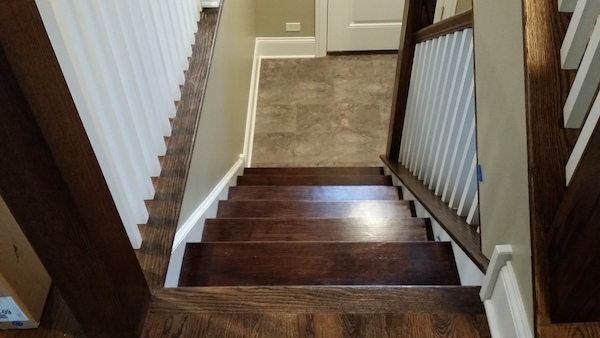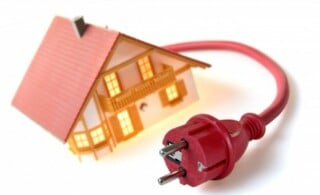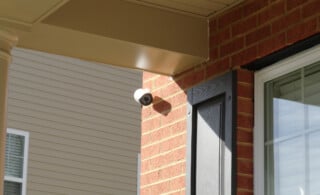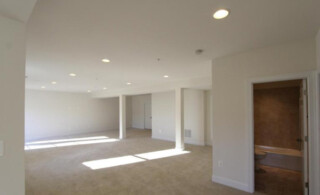
Each year hundreds of people are killed and millions more are seriously hurt from fall-related injuries, and a significant number of these falls occur on the stairs of the person’s home. The elderly and small children are particularly at-risk. In fact, unintentional injury is the number one killer of children and the most common unintentional injury is a fall-related injury. For the elderly, one wrong step can be the last one they ever take, resulting in a bad break that confines them to a wheelchair for the rest of their life. In 2002, the American National Council on Compensation Insurance determined that fall-related injuries were second only to motor vehicle accidents in terms of insurance costs.
Slip-Resistant Material
Stair tread is one of the most important and most frequently overlooked aspects of stair safety. A good stair tread creates a non-slippery surface that increases traction on the stairs and reduces the likelihood that a fall will occur. There are several viable options for stair tread material including rubber, metal, polypropylene, and a variety of braided fabrics. Most stair treads are cheaper than installing carpet and are more effective.
Whether your stairs are carpeted or need some form of tread, it’s important to realize the visual appearance of your stairs can be just as important as the slip-resistant material. Carpet or stair treads that have several line contours will tend to hide the edges and depths of the steps. You should be able to look at your stairs and immediately see each individual step.
Lighting, Handrails and Other Safety Issues
Proper handrails and lighting are two other important factors in stair safety. Handrails should be well-secured, easy to grasp and attached at a proper height (see below). The stairs should be well-lit with light switches at the bottom and the top of the stairs. Many people have proper lighting but will decide to use the stairs in the dark to avoid waking other household members. If this becomes an issue, glow-in-the-dark stair treads are now available, allowing stairs to look pleasing in the day and function safely at night. Finally, make sure your stairs are in good condition—older carpeting isn’t bunched up and the steps are clear of clutter and any protruding nails. Have a carpenter repair any steps that are cracked or uneven.
Ready to start your stair treads?
Find ProsDimensions
Stairs can be constructed with many different dimensions, but certain ranges are standard and should be adhered to for safety’s sake.
- Handrail Height: 33″ to 39″
- Stair Riser Height: 5″ to 8″
- Stair Tread Depth: 7″ to 9.5″
- Stair Width: 22″+
- Stair Angle: 20 to 50 degrees
Perhaps the most important thing to remember is that stair safety should not be taken for granted. Fall-related injuries are not freak occurrences but symptoms of a systematic problem of poor design and maintenance of stairs. Go, look and ask yourself: Are my stairs safe?
 11 Home Security and Safety Tips
11 Home Security and Safety Tips  Staying Safe During a Home Power Outage
Staying Safe During a Home Power Outage  Best Cities for Sidewalks and Winter Safety
Best Cities for Sidewalks and Winter Safety  Home Motion Detectors Secure Your Safety
Home Motion Detectors Secure Your Safety  The Safe Haven of a Panic Room
The Safe Haven of a Panic Room 

Are You Familiar With This Topic? Share Your Experience.